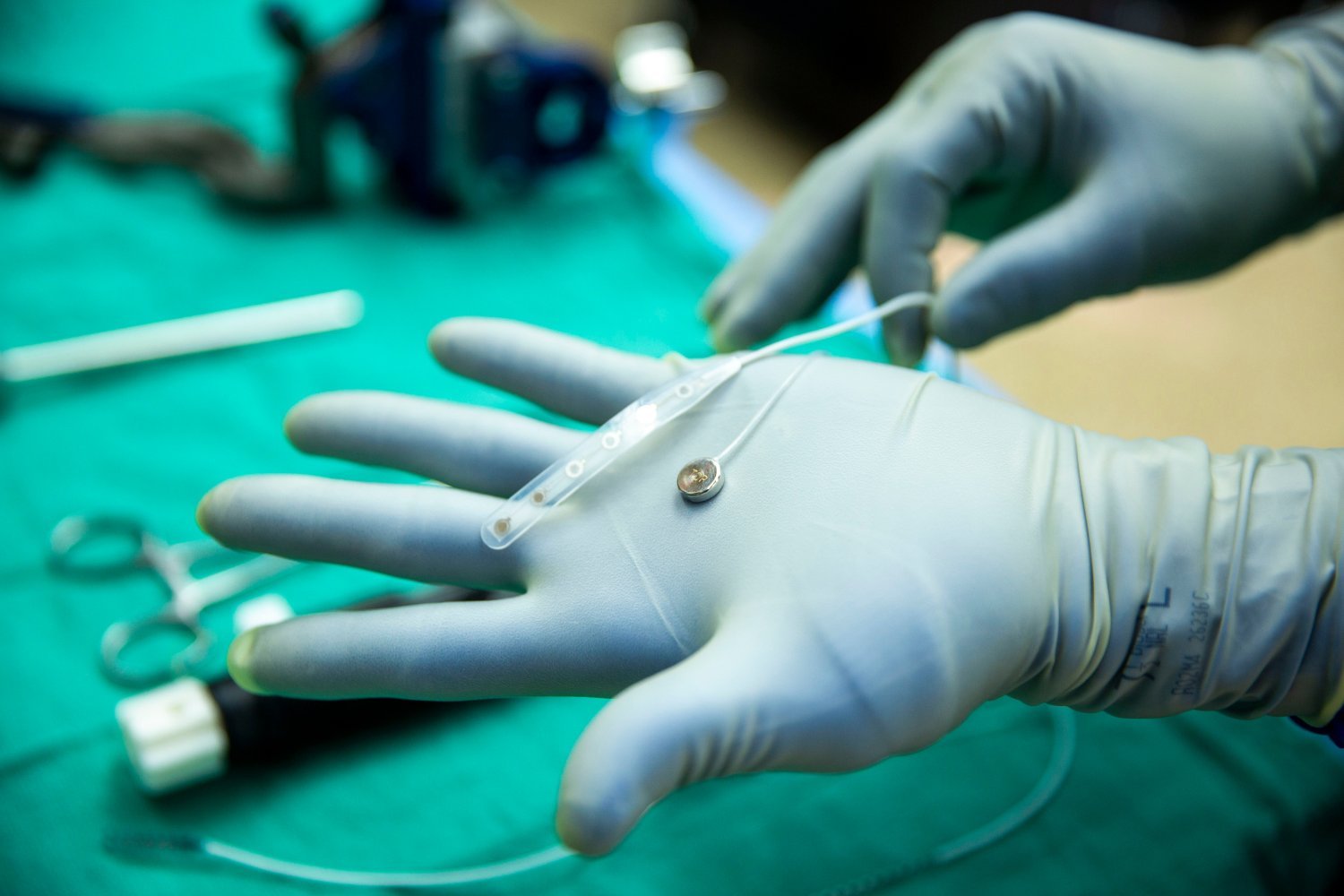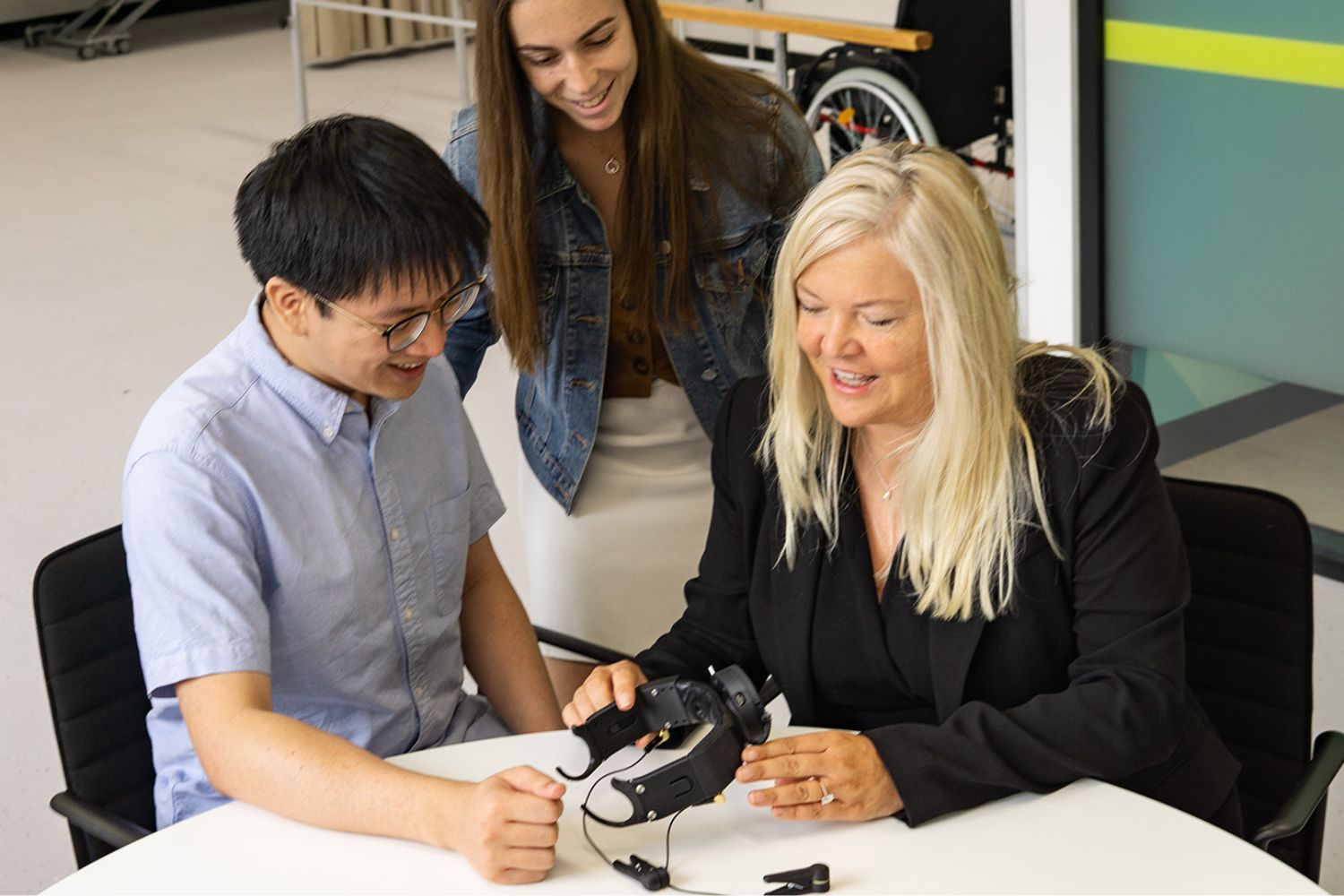The horizon of brain-computer interface (BCI) technology shines brighter with a significant breakthrough. Scientists recently announced the first successful in-human recording using a novel wireless BCI device, Connexus, developed by Paradromics. This innovative technology holds the potential to empower individuals, particularly those affected by stroke, to regain independent communication, marking a pivotal moment in assistive neurotechnology.
The Connexus BCI: A Leap Forward in Neurotechnology
Researchers at the University of Michigan (U-M) achieved this milestone on May 14, utilizing the Connexus BCI device. The device was temporarily implanted in the brain of an individual undergoing treatment for epilepsy. Following this initial success, Paradromics is gearing up to initiate clinical trials for the Connexus system later this year.
The U-M research team, under the guidance of neurosurgeon Matthew Willsey, is dedicated to unraveling how epilepsy impacts the brain’s signaling pathways. Their collaboration with Paradromics, a company at the forefront of next-generation BCI development alongside notable names like Elon Musk’s Neuralink, facilitated the use of the experimental Connexus device in this crucial study.
Advanced Features of the Connexus Wireless BCI Device
According to Dr. Willsey, the Connexus device presents several key advantages over current BCI systems. Remarkably, it is incredibly compact—no larger than a dime—yet houses over 400 microelectrodes. These sensors enable researchers to capture a substantial volume of neural data. To put this into perspective, the U-M team has prior experience with BCI devices typically equipped with only about 100 sensors.
The Connexus system is engineered to transmit this rich neural information to a transceiver implanted in the chest. Critically, unlike many existing BCI implants, it is designed to allow users to operate compatible computer devices without any physical tethers. This signifies a move towards a fully implantable system, offering users enhanced freedom and mobility.
“I’m excited that the system itself has the potential to be a high-capacity recording system that could one day expand the functionality of present-day BCIs,” Willsey shared with maagx.com. “Furthermore, the system implanted in the body communicates wirelessly with the system outside the body so that there are no wires that run through the skin.”
Successful In-Human Preliminary Testing
The U-M team implanted the Connexus device in a volunteer who was already scheduled for a temporal lobectomy, a surgical procedure to remove brain tissue responsible for chronic seizures. The device recorded neural signals from the patient’s brain before being safely and fully removed less than 20 minutes later. While the research team is currently analyzing the collected data, their outlook on the device’s potential is decidedly optimistic.
“This could lead to its eventual use as a high-performance BCI and could also lead to downstream clinical trials,” Dr. Willsey commented on the implications of the successful recording.
Future Prospects: Clinical Trials and Broader Applications
Paradromics announced in March that the first clinical trials for Connexus are anticipated in late 2025, pending regulatory approvals. The company’s initial focus will be to assess the device’s efficacy in restoring communication via digital devices for individuals with speech impairments resulting from conditions such as amyotrophic lateral sclerosis (ALS), stroke, or severe spinal cord injuries. Beyond communication, Paradromics envisions potential applications for the Connexus BCI in addressing mental health conditions and chronic pain. [internal_links]
University of Michigan’s Broader BCI Innovations
The University of Michigan team continues to push the boundaries of current BCI technology through various other projects. For instance, in January, they published research detailing how their high-performance BCI enabled a paralyzed individual to pilot a virtual drone using only his thoughts, achieving significantly greater accuracy than existing non-invasive systems. These experimental devices, including the promising Connexus system, represent a beacon of hope, potentially offering many individuals a new lease on life. You can learn more about their ongoing studies into other BCI devices.
A New Dawn for Assistive Technology
The successful in-human recording with the Connexus wireless BCI device signifies a monumental step forward in neurotechnology. With its advanced features, wireless capabilities, and high-density electrode array, Connexus holds the promise of transforming lives, particularly for those with severe communication impairments. As Paradromics moves towards clinical trials, the potential for this technology to restore independence and improve quality of life is immense. For more updates on groundbreaking neurotechnology and BCI advancements, stay connected with MaagX.











